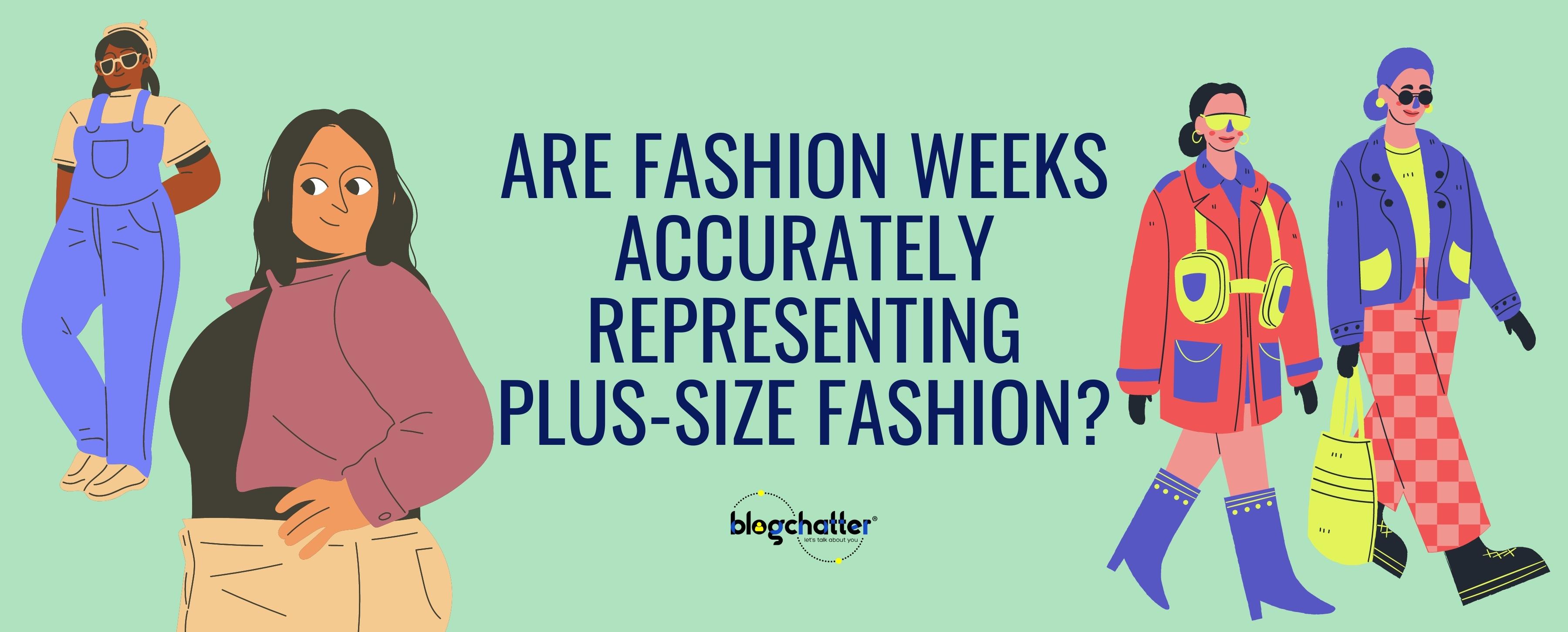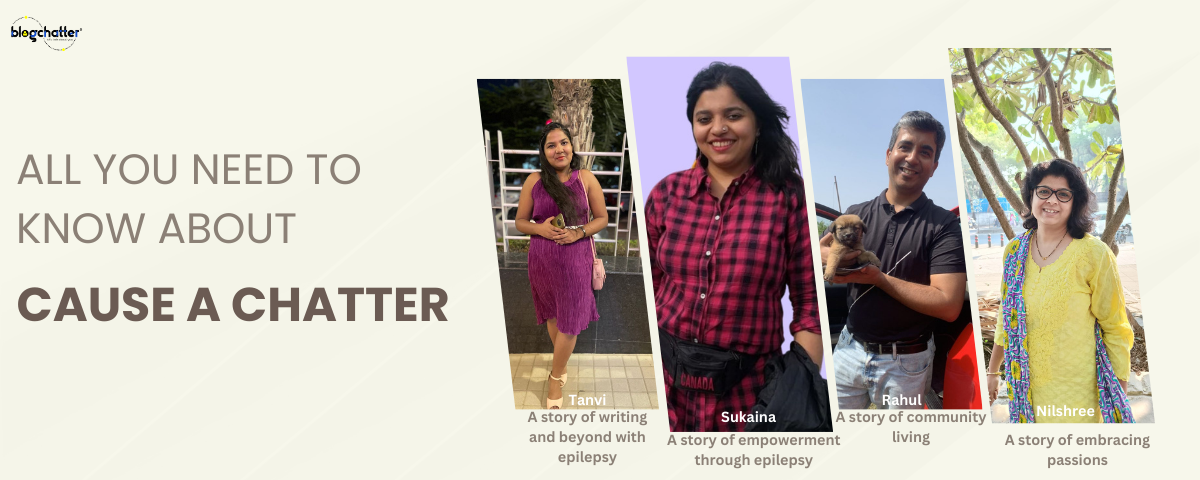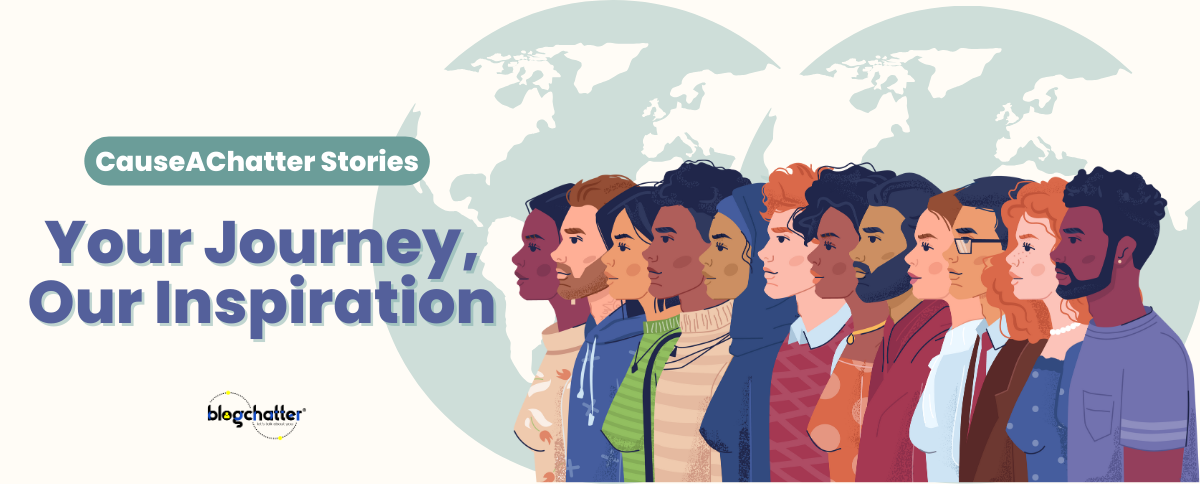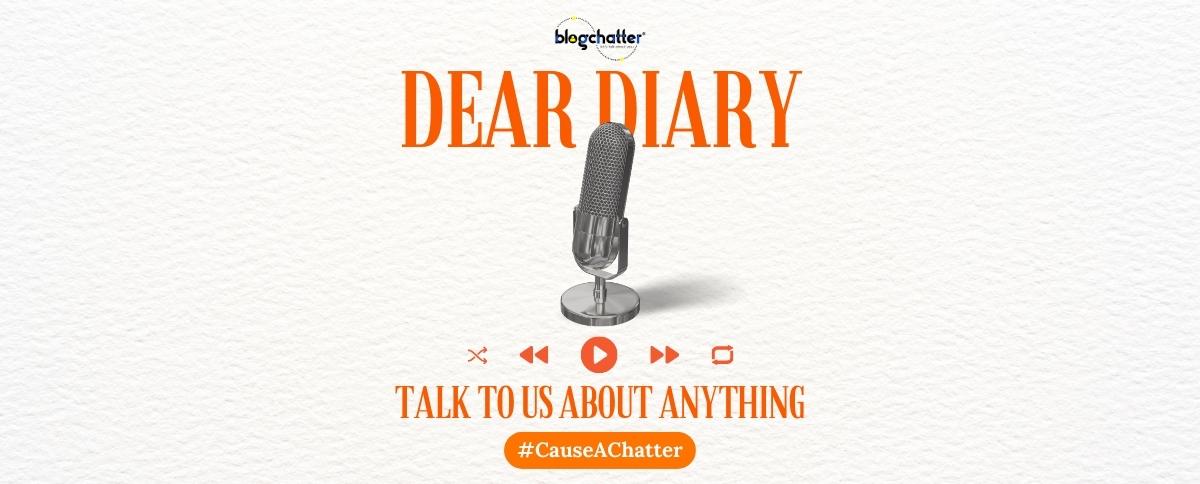For as long as I can remember, playing dress-up has been an important medium of self-expression for me. Being the daughter of a fashion designer kindled this passion further, as did my career choice of lifestyle blogging and journalism. Hence, when I was invited to cover my first-ever Fashion Week – the recently held FDCI x Lakme Fashion Week 2022 in New Delhi, I jumped at the chance. Pre-pandemic, I would attend 1-2 shows every Fashion Week, having been invited by friends who worked in the industry, but this was a different ballgame. Here, I was attending 5-10 shows every day to take stock of trends.
One of the most obvious trends this year was the attempt to focus on inclusivity through plus-size and gender-neutral fashion.
.jpg)
For the uninitiated, the FDCI (Fashion Design Council of India) is a not-for-profit organisation that started over 30 years ago to “further the cause of Indian fashion”, as its mission statement declares. The idea was to give Indian fashion designers a collective voice. Hence, traditional bridal couture received treatment at par with slinky resort-wear and easy-breezy kurtas got the same billing as gravity-defying cocktail dresses.
What remained common between these designers, however, were the models they used – uber-leggy and super-skinny beauties that resembled hangers more than humans, and were deemed the best in the business for it.
Fortunately, with the influence of western and social media and the onset of homegrown plus-size fashion brands a few years ago, things seemed to change. With people of all shapes and sizes having access to trendy fast-fashion, couture could not be left behind, and Fashion Week reflected this trend by allotting an entire show to plus-size clothing. The trend picked up, it allowed more plus-size men and women to accept and flaunt their bodies, play with fashion and express themselves as their natural selves. A new crop of plus-size influencers led by the inimitable Sakshi Sindhwani further paved the way for widespread acceptance of plus-size fashion.
.jpg)
The 2022 Fashion Week – the first one held in a physical avatar after two years of the pandemic – reflected this societal change much more prominently than others had earlier. There were 42 shows showcasing the works of over 60 designers, and each one had at least one, if not more, plus-sized models walking the ramp. It wasn’t clear if this was ‘mandated’ by the FDCI or merely a cultural practice reflecting our times, but it was a noticeable change.
Interestingly, 99 percent of these models were swaddled in oversized tent-like ‘hide-behind’ clothes, begging the question - are plus-sized models only meant to represent how ‘fat clothes’ look on people? The remaining one percent of models were clad in almost-naked silhouettes, and were vociferously cheered on by a largely Gen-Z audience as they strutted the ramp.
So why weren’t the designers showcasing the healthy median that most of us plus-size people stick to – somewhere between a loose-fitting tent and a barely-there bikini?!
Another interesting observation that leaped to mind was that by cheering the bare clothing, weren’t we engendering the ‘otherness’ of plus-size people. Wouldn’t it be more inclusive to treat them the same as other models and not react at all? After all, standards of beauty are purely a societal construct. Nature only makes bodies, and a body is a body, no matter its size.
As a 34-year-old plus-size woman, who after years of struggling with weight loss, now values being fit and healthy over being size zero, I believe this adage strongly. However, as Fashion Week progressed, I realised that I was the exception and not the norm. This was most evident from conversations I had with other attendees. A 21-year-old fellow journalist happily showed off her plus-sized body in stylish clothes every day, and loudly cheered the models who dressed like her, unafraid to look social mores in the face; while my millennial friend at age 33, kept lamenting the fact that she had gained weight and couldn’t fit into any of her clothes. I was naturally more drawn to the enthusiasm of the former.
Perhaps this is the lesson we must learn from this plus-size fashion week predicament – the acceptance of one’s otherness is the best and most long-lasting way to induce change in the way people think. Whatever the choice of clothes may be, the fact of embracing one’s body in its natural glory is what needs to be celebrated – both on the ramp and off it.
.jpg)







Comments
Interesting read!